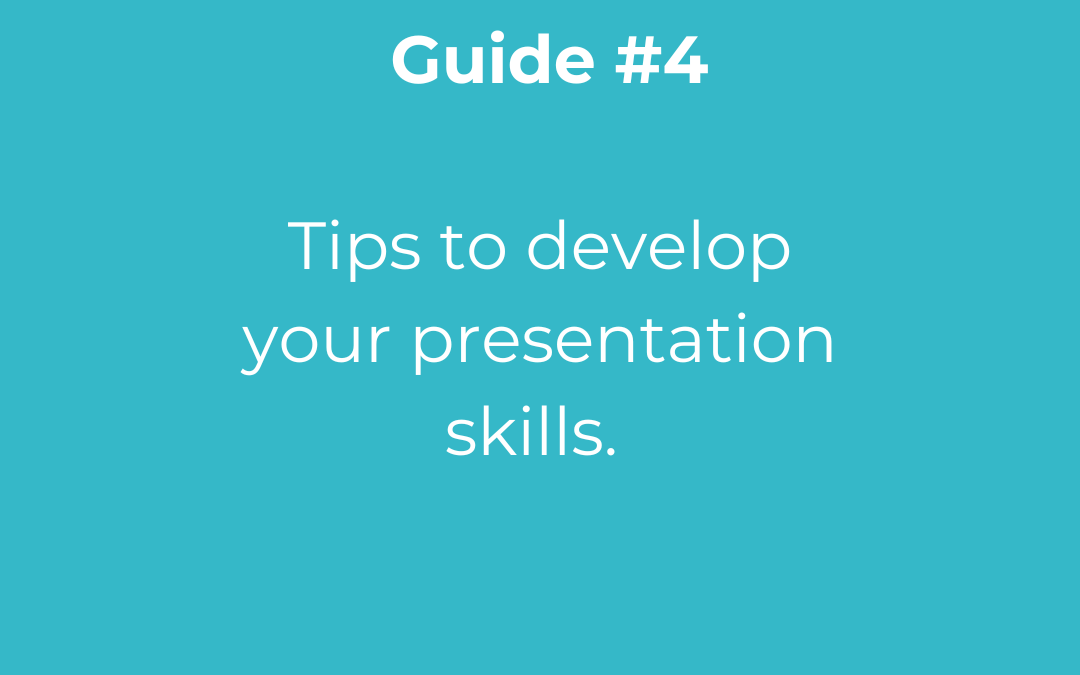Key tips for effective presentations
A- State Your Purpose:
- Clearly outline the aims and objectives of your presentation at the beginning. Let your audience know what to expect.
- Catch Attention: Use a compelling hook to grab your audience’s attention right from the start. This could be an interesting fact, a question, or a relevant anecdote.
- Frame Your Story: Ensure you have something worth talking about. Your story should be relevant and engaging to your audience. Consider their prior knowledge and level of interest in your topic.
2. Middle: Develop Your Argument or Story
- Outline Your Argument Present your main points in a logical sequence. Develop your story or argument with clear, structured content.
- Stay Focused: Don’t try to cover too much ground. Focus on key details and examples that support your main points.
- Use Multimedia Wisely: Enhance your presentation with multimedia tools like PowerPoint, photographs, illustrations, and videos. Follow the KISS formula: Keep It Short and Simple.
3. Conclusion: Summarize and Leave a Strong Impression
- Summarize Main Points: Briefly recap the main points of your presentation to reinforce your message.
- End on a Positive Note Conclude with a strong, memorable statement that leaves a positive impression on your audience.
4. Commit to Extensive Practice
- Practice, Practice, Practice: Steve Jobs’ presentations were magical because of extensive rehearsal. He practiced every word, step, and demo repeatedly until it seemed spontaneous.
- Gospel of 10x: Aim for a tenfold improvement in your presentation. This approach, inspired by Google cofounder Larry Page, emphasizes rehearsing far more than you have in the past to stand out from the competition.
- Repetition: One executive prepared for a 20-minute presentation by rehearsing 15 times. In contrast, Jill Bolte Taylor practiced her 18-minute TED Talk about 200 times, achieving exceptional results.
5. Perfect Your Start and Finish
- Strong Beginnings and Endings: The beginning and end of your presentation are crucial. The introduction sets the stage, while the conclusion leaves a lasting impression.
- Memorize Key Parts: For business presentations, focus on memorizing the first two minutes, the last two minutes, and the first and last lines of each slide. This practice ensures a strong start and finish.
6. Practice Under Mild Stress
- Simulate Real-World Conditions: Practice your presentation under conditions that mimic the actual event. Susan Cain, an introvert, rehearsed her TED Talk in front of a small audience to overcome her fear of public speaking.
- Exposure to Stress: Rehearsing under mild stress helps you manage anxiety and perform better under pressure. This technique prepares your body to handle the stress of speaking in front of an audience.
7. Record and Review Your Rehearsal
- Use Your Smartphone: Record your rehearsals using your phone. Watching the playback allows you to identify and correct distracting habits, such as fidgeting or avoiding eye contact.
- Identify Weak Points: Look for areas where you seem unsure or fumble your words. Focus on practicing these sections until you feel confident.
8. Seek Feedback
- Ask for Input: After practicing your presentation, ask for feedback from a small audience. Incorporate their suggestions to improve your delivery.
- Continuous Improvement: John Chambers, former CEO of Cisco, meticulously rehearsed every aspect of his presentations. He recorded his sessions, reviewed them with his team, and constantly sought feedback to improve.
9. Getting Started Tips
- Consider Your Audience: Understand what your audience knows and how much they care about your topic. Tailor your presentation to their interests and knowledge level.
- Stay Focused: Don’t try to cover too much. Concentrate on key points and supporting details.
- Keep Breathing: Prepare, rehearse, and polish your presentation. Staying calm and breathing steadily helps maintain composure.
- Reading off Script: Be cautious about reading directly from your script. It can come across as too formal and distant. Use bullet points and note cards instead.
- Bullet Points: Know what you want to say for each bullet point. Focus on smooth transitions and maintain a natural tone.
- Memorization: Some of the best presentations are memorized, especially for important talks. It’s a significant investment but can greatly enhance delivery.
Conclusion
- Effective presentations require dedication and extensive practice. By following these guidelines, you can transform your public speaking skills and deliver presentations that captivate and inspire your audience. Remember, preparation is key to reducing anxiety and increasing confidence, making your presentation a powerful tool for achieving your goals.
